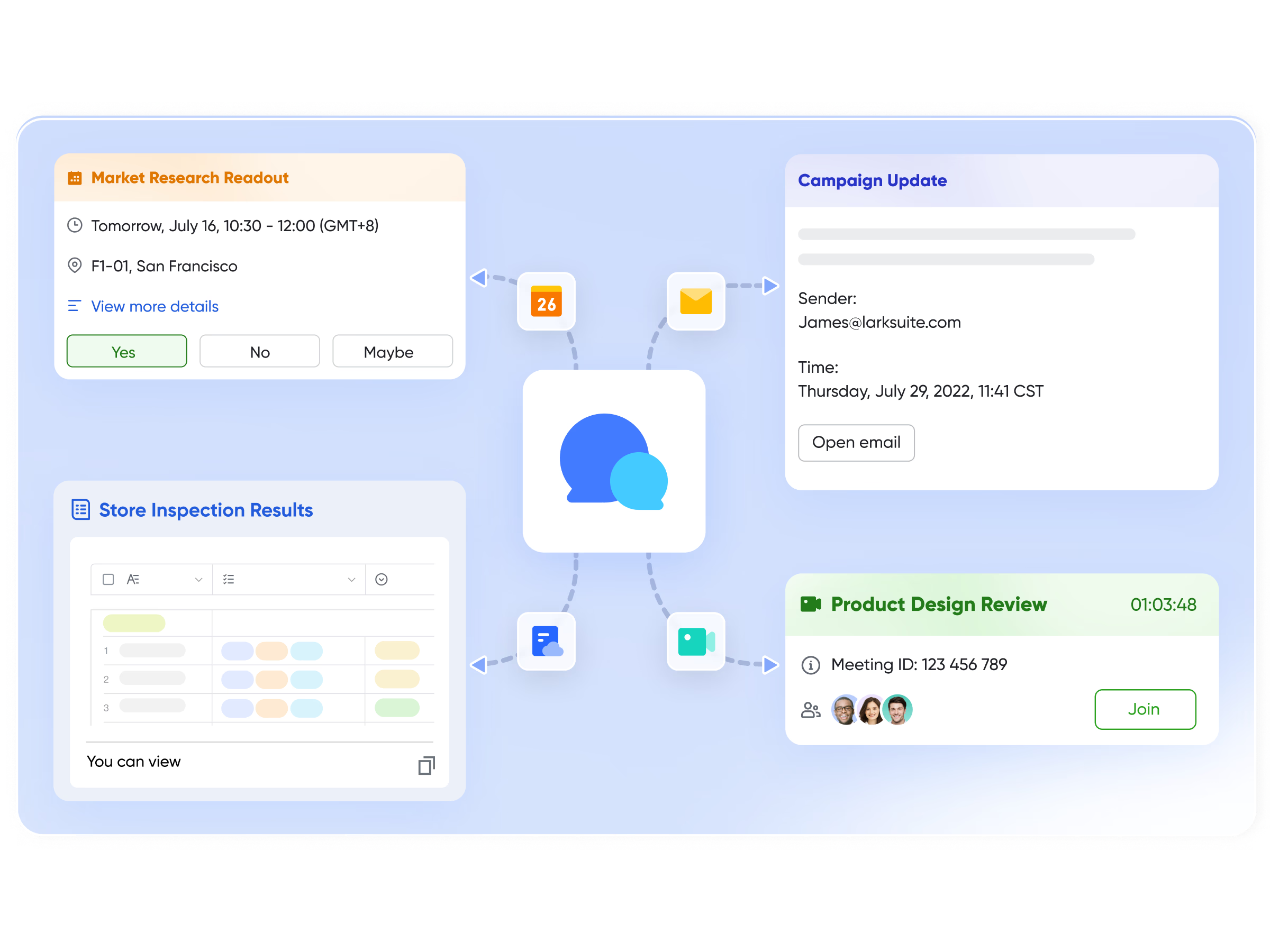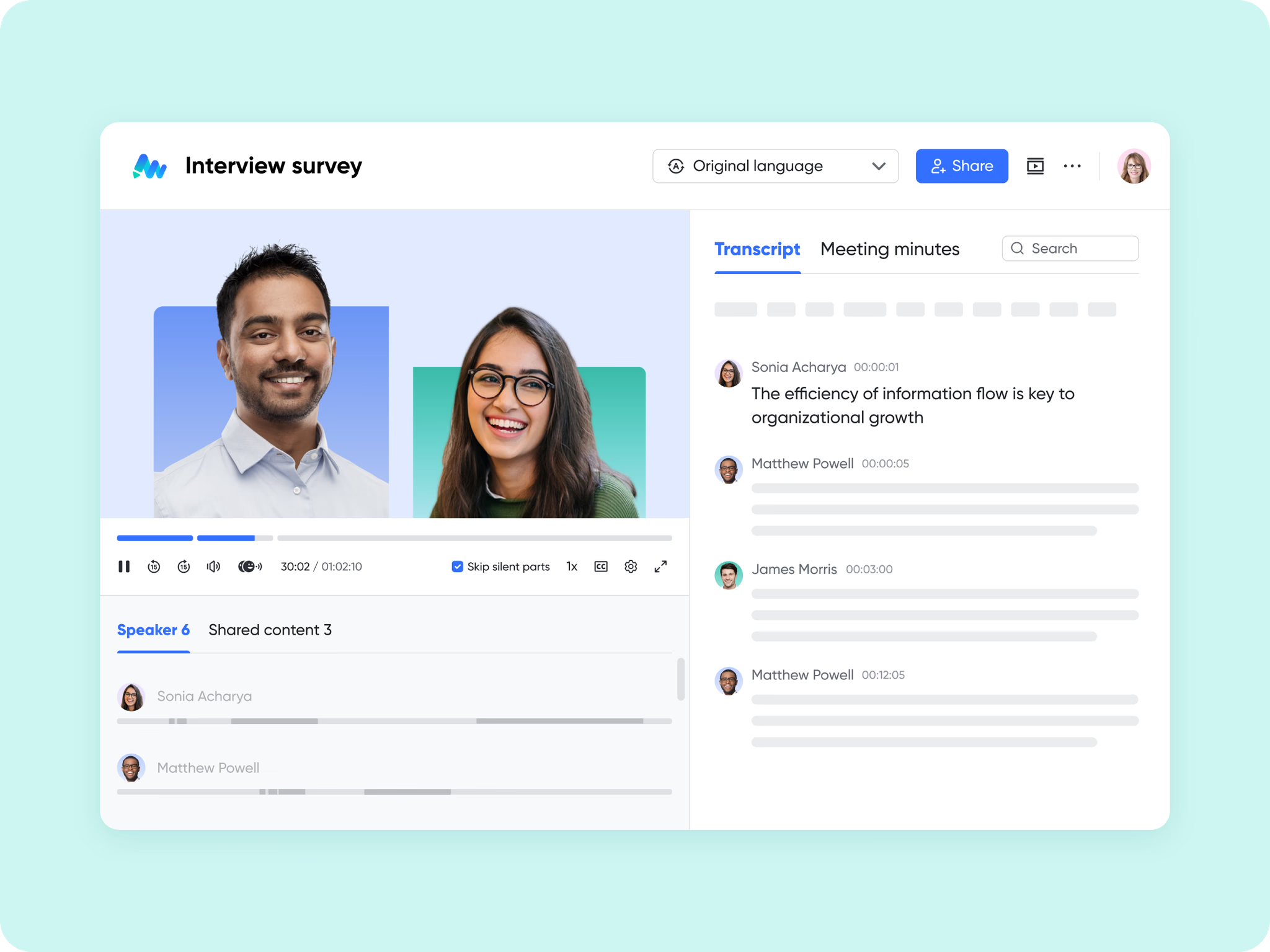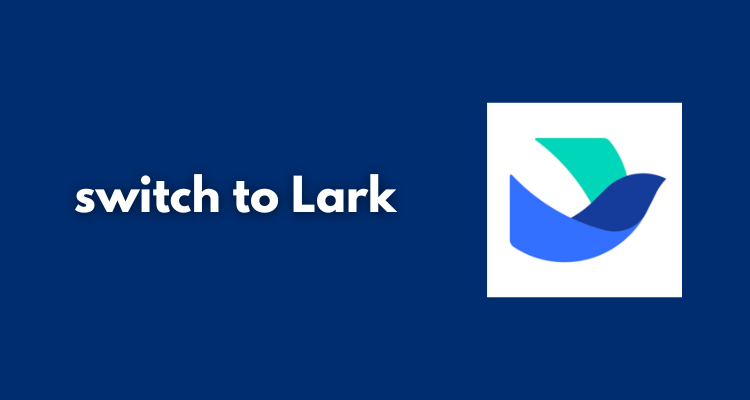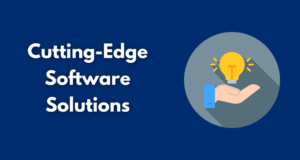Hybrid work has gone from a temporary experiment to a permanent fixture in the modern workplace. Businesses now need tools that not only support remote collaboration but also bring the same level of efficiency and connection that physical offices once did. That’s where platforms like Lark come into play. Unlike patchwork solutions that force teams to juggle multiple apps, Lark combines messaging, meetings, docs, calendars, and more into one platform.
For growing companies evaluating the best project management tools, the difference lies in how well these tools adapt to hybrid realities. Lark was built for this future from the start, and that’s why more organizations are making the switch.
Table of Contents
ToggleCommunication without friction with Lark Messenger

In a hybrid setting, communication is either your greatest strength or your biggest challenge. Endless email threads and scattered chat apps can slow down decision-making.
Lark Messenger solves this by offering real-time chat, rich media sharing, and even the ability to turn a chat directly into a video meeting. As teams become more distributed and remote, it has never been more important to get to the point and use fewer tools that cause distractions while working.
Think of it this way. A global marketing team seeks to discuss campaign ideas, so they jump on a group chat. Afterward, they can share design files directly from Lark Docs, and commence a video meeting in seconds. The entire engagement happened without leaving the app.
Rather than switching between Slack, Zoom, and Google Drive, everything was done in one workspace. The smooth shift is important because hybrid workers are focused on too many distractions as is, and as tools continue to multiply, the better they can remove friction.
Meetings designed for hybrid teams using Lark Meetings

If hybrid work has exposed one pain point, it’s the inefficiency of virtual meetings. Too often, they become time sinks where only half the participants are engaged.
Lark’s Meetings feature solves this issue by making collaboration on materials and agendas part of the meeting workflow. Agendas can be shared in advance through Lark Docs, participants can co-edit notes in real time, and decisions are documented as they happen. Once the meeting ends, recordings and notes are automatically saved and searchable, ensuring no context is lost.
Think about a product team that has members in Singapore, San Francisco, and London. With traditional tools, coordinating those time differences means either recounting emails for a recap or missing important updates. In Lark, the meeting starts by bringing everyone into the same agenda doc.
Late joiners can catch up instantaneously by scrolling through shared notes or watching a recording. Hybrid meetings become more equitable and productive, something legacy tools often miss.
Streamlined operations with automatic approval in Lark Approval

Beyond communication, hybrid work thrives on operational efficiency. Manual approvals and outdated forms can cause bottlenecks when employees are spread across locations. This is where the Lark Approval feature comes in. Managers can design simple or complex approval chains for things like leave requests, expense reimbursements, or vendor contracts. Once set up, the system automatically routes requests to the right people, reducing delays.
Lark also integrates with external apps and services to create an automated workflow that fits unique business needs. For example, a finance team could connect Lark Approval with their accounting software so that expense requests trigger instant updates in their books.
Similarly, HR teams can automate onboarding workflows, ensuring that every new employee gets access to the right documents, accounts, and meetings without manual coordination. Hybrid teams save time by letting automation handle the repetitive tasks, leaving employees free to focus on strategic work.
Scalability without complexity using Lark Base

One of the most difficult challenges scaling businesses encounter is scaling their collaboration tools without overloading their teams. Existing legacy platforms often mean adding more layers to software one for chat, another for storage, another for project tracking, etc., causing confusion, increased costs, and cumbersome integrations.
Lark Base flips this model on its head and condenses everything into one scalable platform. Startups see immediate return on having an all-in-one workspace that enables brainstorming with up to five people from the same platform, tracking tasks, and scheduling regular meetings from one system, with no time wasted on learning how to set up all these different systems.
When the startup grows into a medium or enterprise, Lark Base scales seamlessly with you. Take an example of a fast-growing e-commerce company. With ten employees, they use Lark for basic chat and meetings. By the time they are a team of 200, they’re also using Lark Base for task management, Lark Wiki for knowledge sharing, and Lark Approvals for HR workflows.
As their needs have matured, instead of layering on new apps, they simply unlock more features of Lark. This flexibility makes Lark so powerful for hybrid teams, the tool evolves with you without complicating your systems.
Conclusion
Hybrid work is more than simply giving employees more accessible work style options; it is creating a digital-first environment where collaboration occurs naturally and efficiently.
That is why businesses are shifting away from siloed legacy systems, and toward platforms such as Lark. From seamless comms in Messenger to inclusive hybrid Meetings, from fast Approvals to shareable knowledge in Docs and Wiki, Lark does it all in one platform.
Legacy systems may still manage workflows, but they rarely deliver the simplicity, scalability, and employee-first design that hybrid work demands. As a viral business process management software, Lark comes with agility and versatility.
On the other hand, it was built for the future of efficiency. As time advances, growing businesses, whether startups or enterprises, are choosing it as the foundation of their hybrid strategy.









